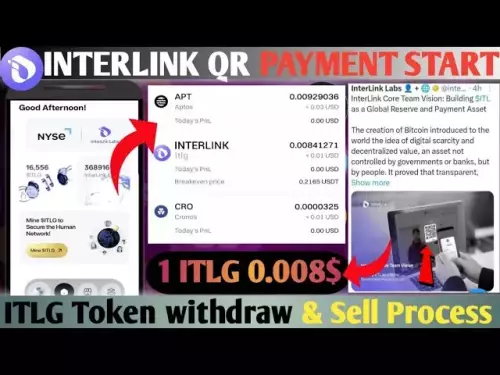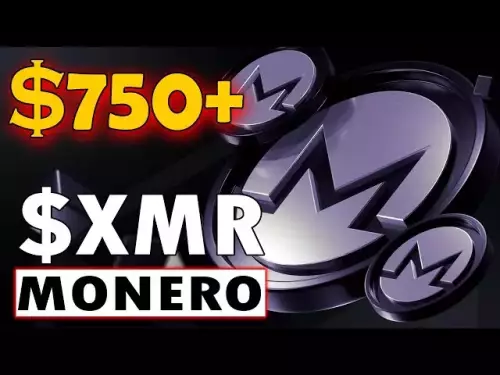-
 bitcoin
bitcoin $107208.295278 USD
-1.54% -
 ethereum
ethereum $3874.629914 USD
-1.38% -
 tether
tether $1.000440 USD
0.03% -
 bnb
bnb $1089.465513 USD
-5.53% -
 xrp
xrp $2.327672 USD
-1.65% -
 solana
solana $184.766505 USD
-0.73% -
 usd-coin
usd-coin $1.000076 USD
0.02% -
 tron
tron $0.310632 USD
-1.99% -
 dogecoin
dogecoin $0.187615 USD
-1.60% -
 cardano
cardano $0.633389 USD
-2.75% -
 ethena-usde
ethena-usde $0.999553 USD
0.03% -
 hyperliquid
hyperliquid $35.608231 USD
-4.13% -
 chainlink
chainlink $16.876114 USD
-3.98% -
 stellar
stellar $0.312239 USD
-0.91% -
 bitcoin-cash
bitcoin-cash $473.262969 USD
-7.09%
How do you use the EMA crossover as a buy or sell signal?
EMA crossovers help crypto traders spot trend shifts by comparing short- and long-term moving averages, with signals confirmed by volume, RSI, and multi-timeframe alignment.
Oct 11, 2025 at 12:36 pm
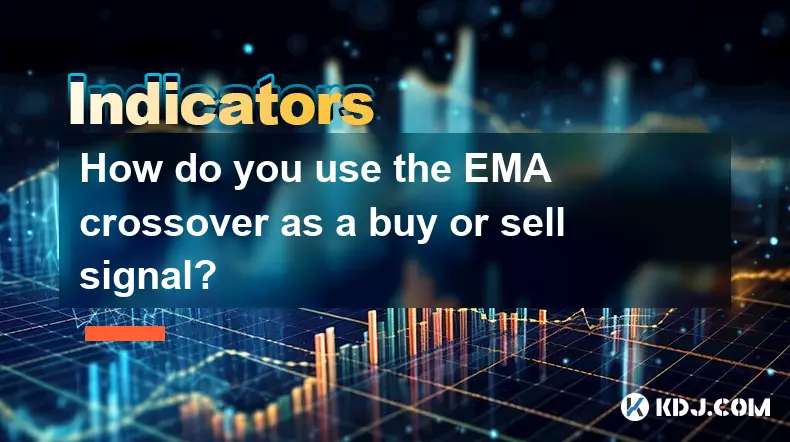
Understanding EMA Crossover in Crypto Trading
The Exponential Moving Average (EMA) crossover is a widely adopted technical analysis tool within the cryptocurrency trading community. It helps traders identify potential shifts in market momentum by comparing two EMAs of different periods. When a shorter-term EMA crosses above or below a longer-term EMA, it generates signals that many traders use to time their entries and exits.
- The most common setup involves using the 9-day and 21-day EMA. Traders monitor these lines on price charts across various timeframes, from hourly to daily.
- A bullish signal occurs when the shorter EMA, such as the 9-day, moves above the longer EMA, like the 21-day. This upward cross suggests increasing buying pressure and possible trend reversal to the upside.
- Conversely, a bearish signal forms when the short-term EMA drops below the long-term EMA. This indicates strengthening selling momentum and may prompt traders to exit long positions or initiate short trades.
- Because EMAs give more weight to recent prices, they react faster to new information compared to Simple Moving Averages (SMA), making them particularly useful in fast-moving markets like crypto.
- While effective, EMA crossovers are lagging indicators and can produce false signals during periods of consolidation or sideways movement. Confirmation from volume or other technical tools improves reliability.
Key EMA Combinations Used by Crypto Traders
Different traders prefer varying EMA combinations depending on their strategy and timeframe. These pairings aim to balance responsiveness with accuracy to filter out market noise.
- The 50-period and 200-period EMA combination is popular among swing and position traders. Known as the “Golden Cross” (bullish) and “Death Cross” (bearish), these signals carry significant psychological weight in the market.
- Day traders often rely on faster pairs such as 12 and 26 EMAs, sometimes combined with MACD calculations. These offer quicker signals suitable for intraday decision-making.
- Some altcoin traders use 8 and 21 EMAs due to the higher volatility of smaller-cap cryptocurrencies. This pairing reacts swiftly to sudden price swings common in low-liquidity assets.
- Multiple EMA layers—such as stacking 9, 21, and 50 EMAs on one chart—help traders assess trend strength. Alignment of all three in ascending order reinforces bullish sentiment.
- Timeframe alignment matters. A crossover on both the 4-hour and daily chart increases confidence in the signal’s validity, reducing the risk of whipsaws.
Integrating Volume and RSI for Signal Confirmation
To enhance the accuracy of EMA crossovers, experienced traders combine them with additional indicators that reflect market sentiment and participation.
- Rising trading volume during an EMA crossover adds credibility. For example, a 9/21 EMA buy signal supported by expanding volume suggests strong institutional or whale involvement.
- The Relative Strength Index (RSI) helps determine whether the market is overbought or oversold. A bullish crossover occurring while RSI exits oversold territory (below 30) is considered more reliable.
- Divergence between price action and RSI can warn of weakening momentum even if an EMA crossover occurs, prompting caution despite the apparent signal.
- Candlestick patterns near the crossover zone—like bullish engulfing or hammer formations—offer visual confirmation of shift in control from sellers to buyers.
- Avoid acting on crossovers during major news events or low-volume periods, where price distortions can trigger misleading signals. Wait for stabilization before executing trades.
Frequently Asked Questions
What is the difference between EMA and SMA in crypto trading?
The main distinction lies in how each average weights data. EMA assigns greater importance to recent prices, making it more responsive to new market information. SMA treats all data points equally over the period. In volatile crypto markets, EMA is preferred for its sensitivity to rapid price changes.
Can EMA crossovers be used effectively in ranging markets?
In sideways or consolidating markets, EMA crossovers often generate frequent false signals due to price oscillations between support and resistance. They perform best in trending environments. Using Bollinger Bands or ADX can help identify whether the market is range-bound before relying on crossovers.
Which timeframe is best for EMA crossover strategies?
The ideal timeframe depends on the trader's style. Short-term traders use 15-minute or 1-hour charts with fast EMAs (e.g., 9 and 21). Long-term investors analyze daily or weekly charts using 50 and 200 EMAs. Consistency across multiple timeframes increases signal strength.
Disclaimer:info@kdj.com
The information provided is not trading advice. kdj.com does not assume any responsibility for any investments made based on the information provided in this article. Cryptocurrencies are highly volatile and it is highly recommended that you invest with caution after thorough research!
If you believe that the content used on this website infringes your copyright, please contact us immediately (info@kdj.com) and we will delete it promptly.
- Bitcoin, Traders, and Whales: Navigating a Shifting Crypto Landscape
- 2025-10-19 02:25:14
- HUGS Presale Crypto: Can Milk & Mocha Deliver a 100x ROI?
- 2025-10-19 02:25:14
- Robinhood, Tokenized Assets, and DeFi Investors: A New Era?
- 2025-10-19 02:30:11
- Natembeya, the Odinga Family, and Raila's Enduring Legacy: A Gesture of Unity
- 2025-10-19 02:30:11
- Bitcoin, Altcoins, and Market Jitters: Navigating Crypto's Wild Ride
- 2025-10-19 00:25:17
- XRP Millionaire by 2030: Hopes, Hurdles, and How Much You Need
- 2025-10-19 00:25:17
Related knowledge
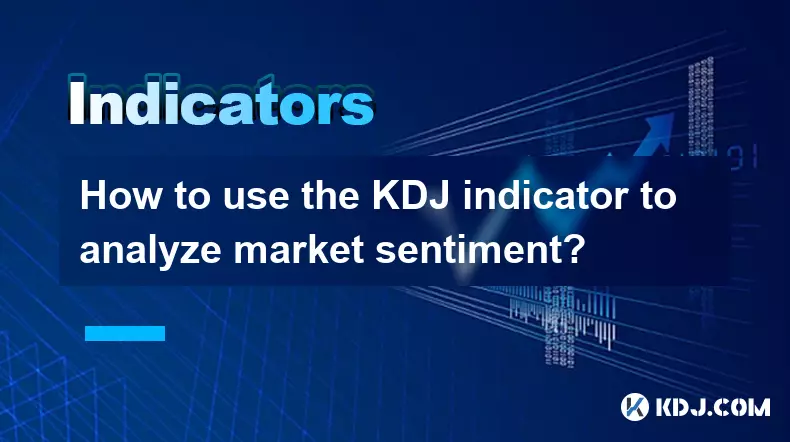
How to use the KDJ indicator to analyze market sentiment?
Oct 18,2025 at 07:18pm
Understanding the KDJ Indicator in Cryptocurrency Trading1. The KDJ indicator, also known as the Stochastic Oscillator, is a momentum-based technical ...
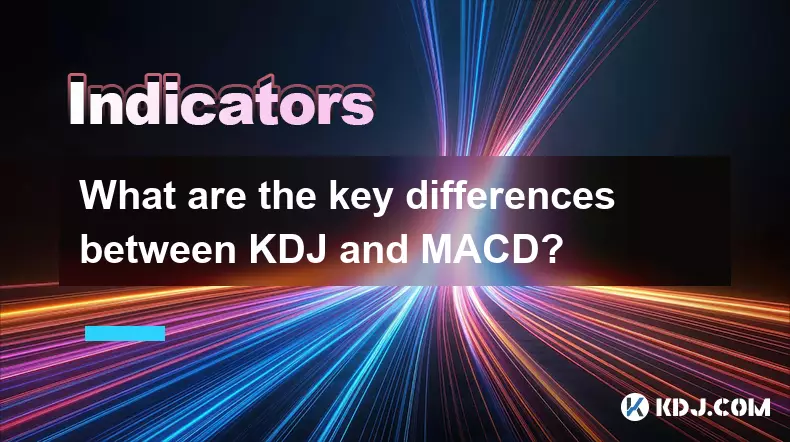
What are the key differences between KDJ and MACD?
Oct 18,2025 at 04:54am
KDJ Indicator: Core Mechanics and Usage1. The KDJ indicator is a momentum oscillator that combines the features of the Stochastic Oscillator with an a...
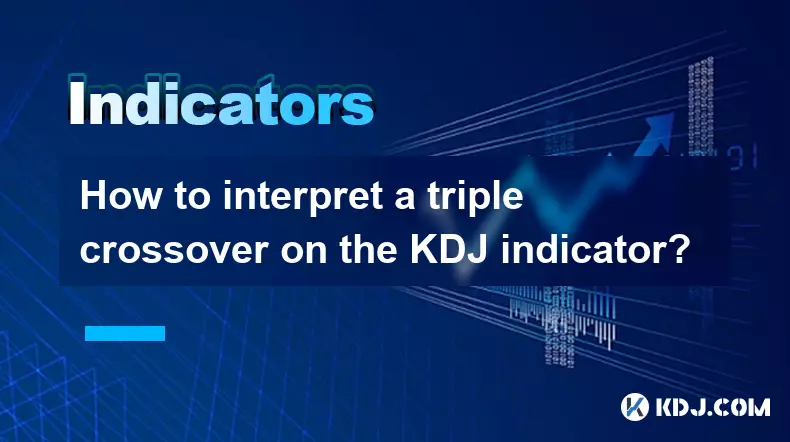
How to interpret a triple crossover on the KDJ indicator?
Oct 18,2025 at 01:54pm
Understanding the Triple Crossover in KDJ Indicator1. The KDJ indicator, a derivative of the Stochastic Oscillator, consists of three lines: K, D, and...
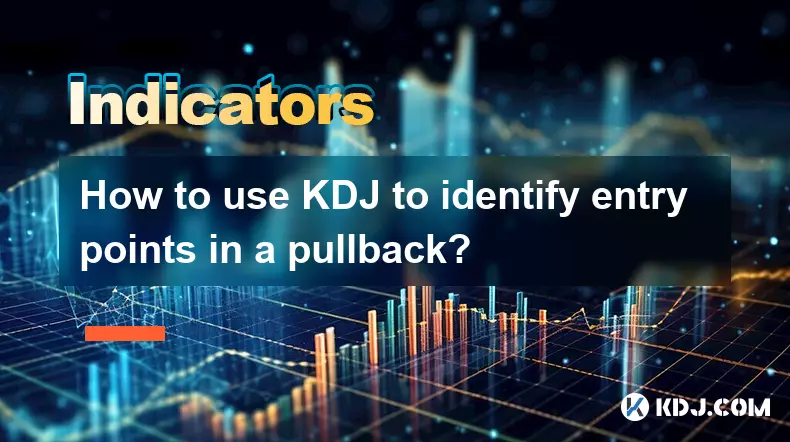
How to use KDJ to identify entry points in a pullback?
Oct 18,2025 at 09:36am
Understanding KDJ in the Context of Pullbacks1. The KDJ indicator, an extension of the stochastic oscillator, consists of three lines: %K, %D, and %J....
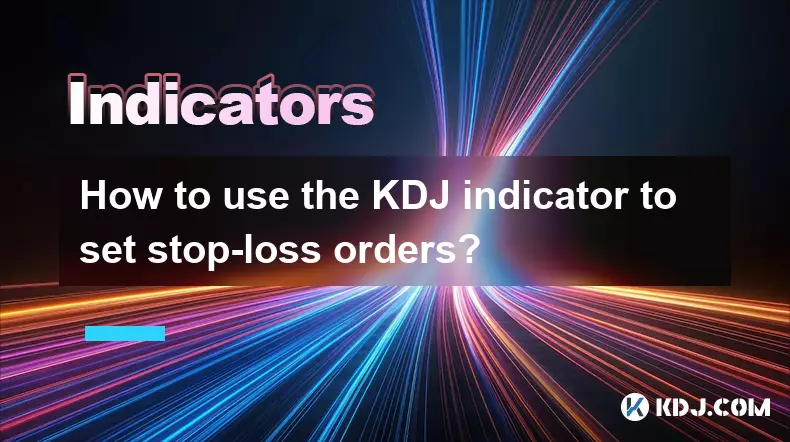
How to use the KDJ indicator to set stop-loss orders?
Oct 18,2025 at 05:18am
Understanding the KDJ Indicator in Cryptocurrency Trading1. The KDJ indicator, also known as the Stochastic Oscillator with J-line adjustment, is wide...
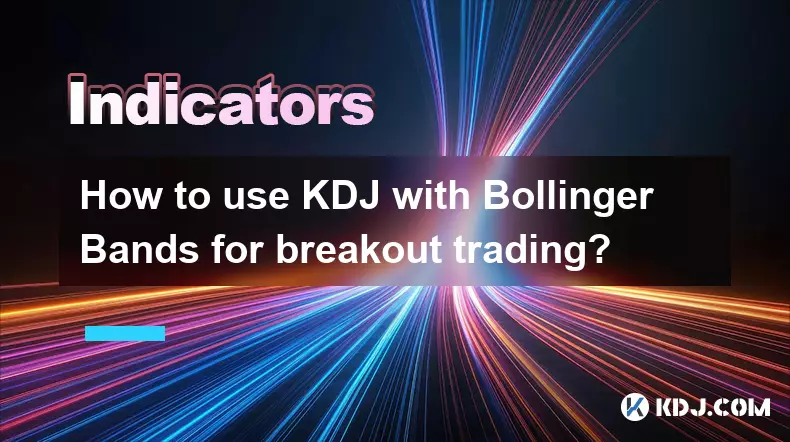
How to use KDJ with Bollinger Bands for breakout trading?
Oct 18,2025 at 09:54pm
Understanding KDJ and Bollinger Bands in Crypto Markets1. The KDJ indicator, an adaptation of the stochastic oscillator, combines %K, %D, and %J lines...

How to use the KDJ indicator to analyze market sentiment?
Oct 18,2025 at 07:18pm
Understanding the KDJ Indicator in Cryptocurrency Trading1. The KDJ indicator, also known as the Stochastic Oscillator, is a momentum-based technical ...

What are the key differences between KDJ and MACD?
Oct 18,2025 at 04:54am
KDJ Indicator: Core Mechanics and Usage1. The KDJ indicator is a momentum oscillator that combines the features of the Stochastic Oscillator with an a...

How to interpret a triple crossover on the KDJ indicator?
Oct 18,2025 at 01:54pm
Understanding the Triple Crossover in KDJ Indicator1. The KDJ indicator, a derivative of the Stochastic Oscillator, consists of three lines: K, D, and...

How to use KDJ to identify entry points in a pullback?
Oct 18,2025 at 09:36am
Understanding KDJ in the Context of Pullbacks1. The KDJ indicator, an extension of the stochastic oscillator, consists of three lines: %K, %D, and %J....

How to use the KDJ indicator to set stop-loss orders?
Oct 18,2025 at 05:18am
Understanding the KDJ Indicator in Cryptocurrency Trading1. The KDJ indicator, also known as the Stochastic Oscillator with J-line adjustment, is wide...

How to use KDJ with Bollinger Bands for breakout trading?
Oct 18,2025 at 09:54pm
Understanding KDJ and Bollinger Bands in Crypto Markets1. The KDJ indicator, an adaptation of the stochastic oscillator, combines %K, %D, and %J lines...
See all articles
























